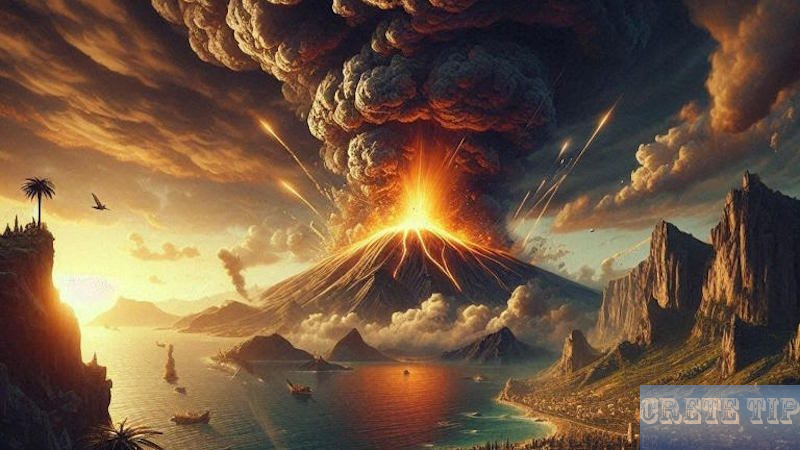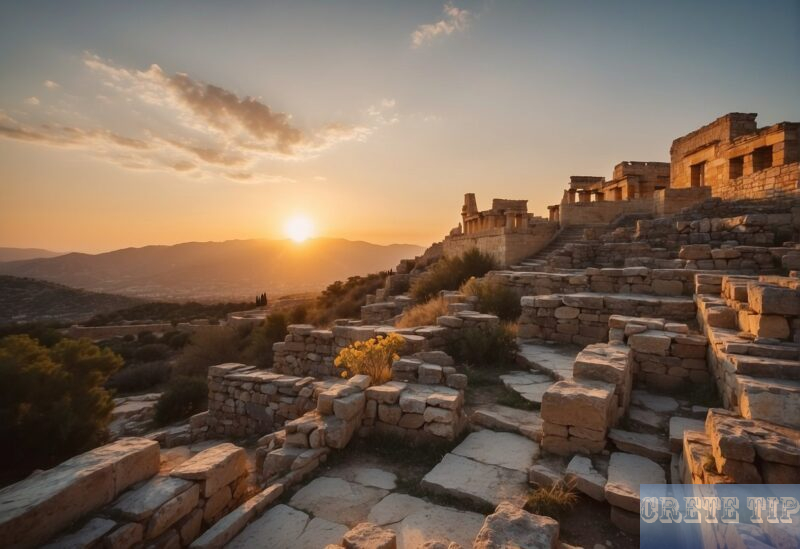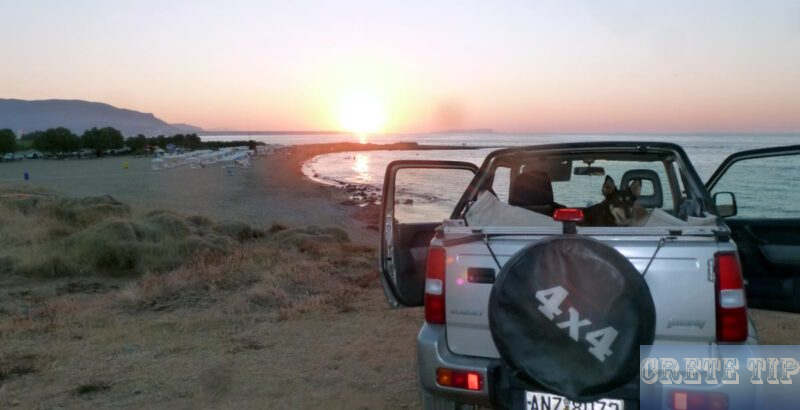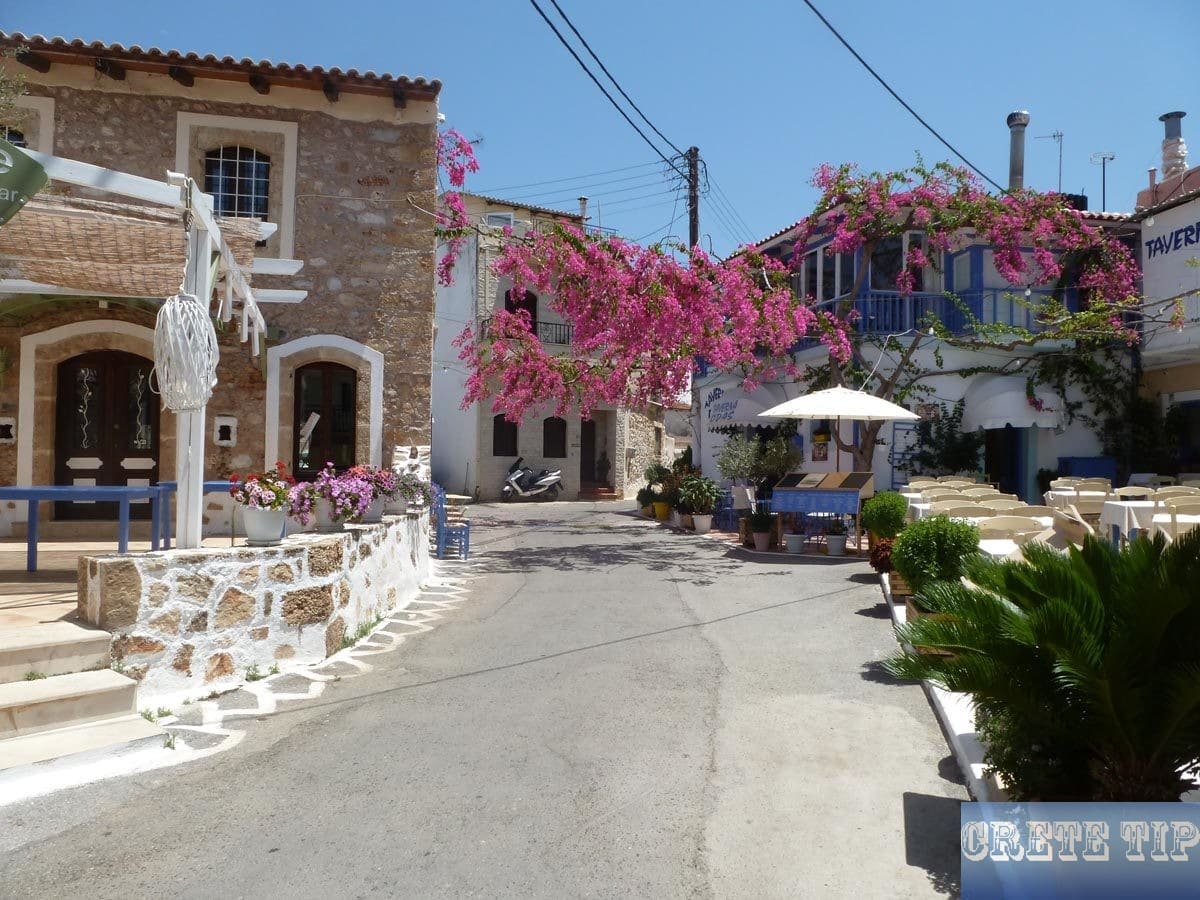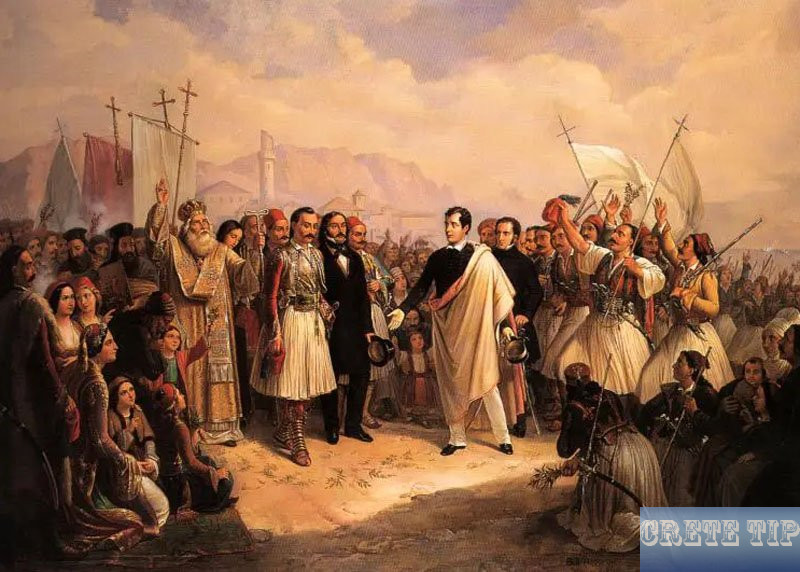The Minoan volcanic eruption of Thera (Santorini) around 1600 BC: A catastrophic event in ancient history.
Minoan eruption from Thera
The Minoan eruption of Thera, also known as the Santorini eruption, was a monumental event around 1600 BCE that had lasting effects on the ancient world. This catastrophic volcanic eruption reshaped the island of Santorini and caused widespread destruction.
The eruption not only buried the thriving Minoan settlement of Akrotiri but also triggered earthquakes and tsunamis that wreaked havoc on surrounding areas, including Crete.
While scholars are still debating the exact impact of this eruption on the Minoan civilisation, its massive scale makes it one of the largest volcanic events in recorded history.
The eruption’s aftermath included significant cultural and environmental changes. The devastation extended beyond the immediate geographical area, influencing the climate and societies stretched across the Mediterranean region.
This eruption provides a fascinating glimpse into how natural disasters can alter the course of human history.
Its effects were felt far and wide, offering insights into the resilience and adaptability of ancient civilisations.
Through the remnants of Akrotiri and other affected sites, researchers continue to uncover valuable details of this ancient civilisation and the profound impact of the Minoan eruption.
Historical Context
The Minoan eruption of Thera around 1600 BCE occurred during a significant period in history, shaping both the Minoan civilisation and its neighbours.
Key events in the Bronze Age and the role Thera played within the Minoan civilisation offer insights into the eruption’s broader historical context.
Timeline of the Bronze Age
The Bronze Age marked an era of technological advancement and cultural development across Europe, Asia, and the eastern Mediterranean.
In this period, societies like the Minoans in Crete and the Mycenaeans in mainland Greece reached their zenith.
Around 1600 BCE, the Late Bronze Age began, bridging connections between Egypt, the Near East, and the Aegean.
This interconnectedness is evident in trade, artistic influences, and technological exchanges.
Egyptian chronology, though complex, shows that during Thera’s eruption, Egypt was under the New Kingdom, a period of architectural and cultural feats.
The Shang Dynasty, ruling in China at the time, highlights the global spread of bronze usage.
Such connections framed the backdrop against which Thera’s eruption occurred.
Role of Thera in the Minoan Era
Thera, part of the Minoan civilisation, was strategically located in the Aegean Sea, serving as a hub for trade and cultural exchange.
The island, alongside Crete, contributed significantly to Minoan architecture and art, evident in the ruins and frescoes of Akrotiri.
Thera facilitated trade routes across the Mediterranean, connecting with Egypt and the Near East. Its central role in naval power bolstered Minoan influence.
Before the eruption, Thera’s economy thrived on this connectivity.
The destruction wrought by the eruption devastated Thera’s settlements and disrupted these critical trade links, impacting the prosperity of the Minoans and possibly contributing to their decline as the Mycenaeans later rose to prominence.
Geological Characteristics
The geological features of the Minoan eruption of Thera (Santorini) reveal astonishing insights into the formation of its caldera and the types of eruptive materials involved. Understanding these aspects enriches comprehension of this catastrophic event in the Aegean region.
Formation of Santorini’s Caldera
The collapse of the volcanic chamber during the Minoan eruption formed Santorini’s caldera. This process began as a massive volume of magma was expelled into the air.
The resulting cavity caused the overlying land to collapse, forming a large, basin-like depression.
Santorini’s caldera, a striking feature in the Aegean Sea, stretched across what is now a group of islands.
The caldera’s formation was a direct consequence of the volcano’s explosive activity, which significantly reshaped the geography of the Mediterranean region.
Typology of Eruptive Materials
The Minoan eruption was marked by diverse volcanic materials.
Tephra and pumice, light and porous volcanic rocks, were ejected into the atmosphere.
Tephra fragments varied in size, from tiny ash particles to larger pumice pieces, and were dispersed over a vast area.
This blanket of ash impacted agriculture and settlements.
In addition to tephra, a dense flow of molten rock, known as magma, surged out, contributing to the formation of layers around the islands.
These layers provide crucial information on the eruption’s intensity and its potential climatic impacts.
Chronology of the Eruption
The Minoan eruption of Thera, occurring around 1600 BCE, was one of the largest volcanic events in recorded history. Various dating techniques have been used to pinpoint the eruption date, and its connection to Egyptian chronology provides insight into the era.
Dating Techniques Employed
Radiocarbon dating, a key method used to establish the eruption date, measures the decay of carbon isotopes.
Among the analysed samples was an olive tree branch, which was buried by volcanic material. This has been instrumental in calculating the eruption period.
Dendrochronology, or tree-ring dating, also contributes to the timeline. Irish oak trees, analysed by researchers like Pearson et al., provide tree-ring evidence that supports radiocarbon data.
Calibration curves help align radiocarbon results with calendar years.
These curves adjust for variations in atmospheric carbon over time, offering more accurate dating.
As a result, researchers generally agree on a timeline around 1600 BCE for the eruption.
Correlation with Egyptian Chronology
The eruption is linked to the timeline of ancient Egypt, specifically the periods of pharaohs such as Ahmose I.
Evidence suggests potential climatic impacts seen in Egyptian records, like poor harvests or unusual Nile flood patterns, aligning with the eruption’s estimated date.
Pottery from Santorini has been found in Egypt, providing archaeological links between the regions.
These artefacts assist in correlating Mediterranean timelines. Additionally, annual records like the Egyptian king lists offer a framework to cross-reference events.
This correlation paints a broader picture of the eruption’s impact across the Mediterranean, connecting Thera’s cataclysmic event with contemporary civilisations.
Eruption Dynamics

The Minoan eruption on the island of Thera, known today as Santorini, was one of the largest volcanic events in recorded history. It involved multiple phases and was characterised by extreme explosivity.
Phases of the Minoan Eruption
The eruption unfolded in several key phases. Initially, there were phreatomagmatic blasts, where interaction between magma and seawater created explosive steam-driven eruptions.
This was followed by intense pyroclastic flows that spread volcanic material across a wide area.
A massive caldera collapse occurred later, drastically reshaping the island’s landscape. This collapse resulted in the unique crescent formation seen today.
Each phase played a pivotal role in dispersing volcanic ash over large distances, affecting climate and societies even beyond the Aegean Sea.
Volcanic Explosivity Index Analysis
This eruption is classified as an Ultra-Plinian eruption due to its exceptional magnitude, registering a Volcanic Explosivity Index (VEI) of 7.
This is among the most intense on the index, indicating volumes of ejected material exceeding 100 cubic kilometres.
The vast amounts of ash and gas injected into the stratosphere likely caused significant climatic shifts, cooling global temperatures temporarily.
Such a high VEI highlights the eruption’s potential in shaping not just local geography, but also broader environmental conditions.
This underscores the extensive impact of the Minoan eruption.
Environmental and Cultural Impacts
The eruption of Thera (Santorini) had significant effects on both the environment and the societies of the ancient world. The destructive nature of the event reverberated across Crete and the broader Mediterranean, altering landscapes and cultures.
Aftermath of the Eruption on Crete
The Thera eruption sent ash and pumice across Crete, impacting agriculture and water sources.
Volcanic ash covered fields, reducing the ability to grow crops and putting strain on food supplies.
The once-thriving Minoan culture on Crete faced decline, partly due to the natural disaster.
A massive tsunami followed the eruption, damaging coastal settlements.
The tsunami deposits found at archaeological sites indicate a significant inundation. This resulted in loss of life and displacement.
Ruins like Knossos show signs of rebuilding, suggesting recovery efforts after the catastrophe.
Wider Influence on the Mediterranean
Beyond Crete, the eruption affected the ancient climate, possibly contributing to a brief volcanic winter.
Dust and ash in the atmosphere could have led to cooler temperatures and disrupted weather patterns.
Major centres around the Mediterranean saw changes in trade and communication.
The waves extended to other Greek islands and regions, leaving geological evidence of paleotsunamis.
Trade networks sustained challenges as the disruption led to conflicts over resources.
The event influenced Mediterranean mythologies, weaving into legends and stories that transcended generations, impacting cultural narratives and identities.
Archaeological Discoveries
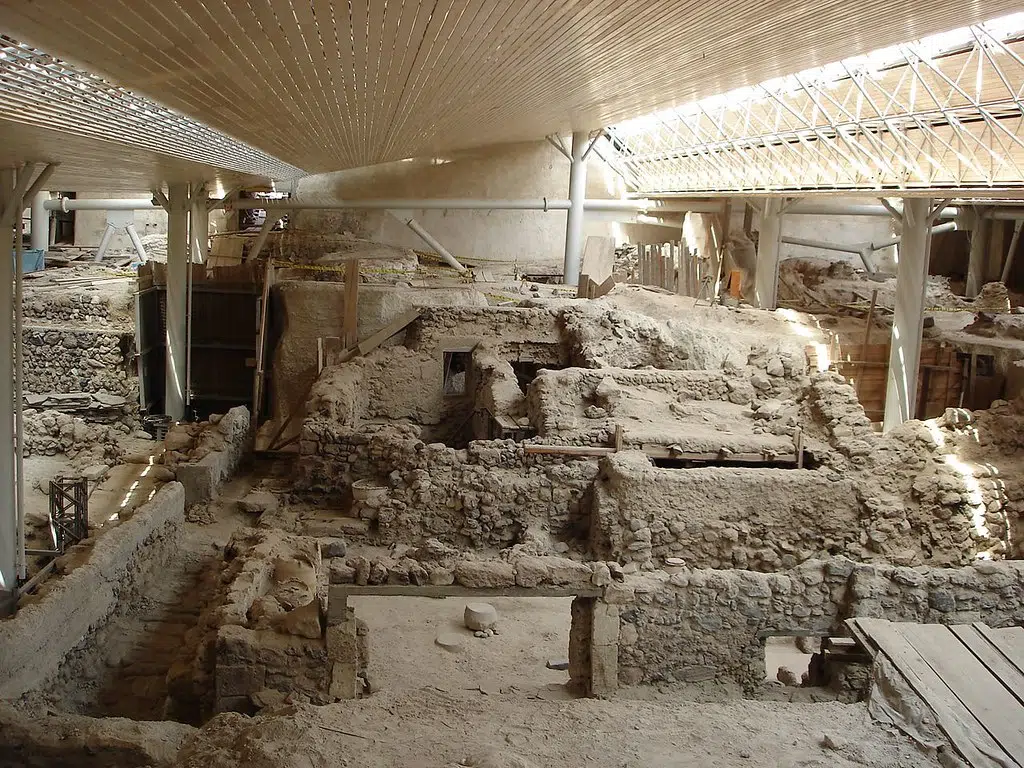
Akrotiri on Santorini
The eruption of Thera around 1600 BCE buried the Minoan site of Akrotiri under volcanic ash, preserving it exquisitely.
Key archaeological finds provide insights into its architecture and daily life.
Writings, including Egyptian records, contribute to the understanding of this ancient event.
Excavations at Akrotiri
Excavations at Akrotiri have uncovered a thriving Minoan settlement remarkably preserved by volcanic ash.
Homes, usually two-storeyed with vivid frescoes, depicted marine life and complex cityscapes. These paintings hint at a society deeply connected to the sea.
Findings include pottery and elaborate drainage systems, showing advanced engineering skills.
Artefacts such as tools and artwork suggest a community engaged in trade and craftsmanship.
Akrotiri is sometimes linked to the Atlantis myth due to its sudden burial, although evidence remains speculative.
Writings and Documentation
While the eruption left few written records directly, indirect evidence is robust.
The Egyptian Tempest Stele, for example, possibly describes climatic chaos following the eruption.
Other writings, though not directly connected to Akrotiri, provide pieces of the broader puzzle.
Marine sediments found in various locations contain ash layers tracing back to Thera, offering geological proof of the widespread impact.
Phaistos and Zakro, though not directly related to this site, provide complementary archaeological context for the broader Minoan world.
Theories and Debates
The Minoan eruption of Thera significantly impacted the surrounding regions, igniting various theories and debates.
Scholars have explored connections to ancient myths and disputed the precise timing of the eruption.
Connection to Atlantis Mythos
Some researchers have linked the Thera eruption with the legend of Atlantis.
Plato’s writings describe an advanced civilisation that vanished due to a catastrophic event, similar to the consequences of Thera’s eruption.
The notion suggests that Minoan society, centred on Crete and influenced by Thera, could be the basis for this myth.
The eruption’s destructive power and resultant tsunamis devastated the Minoan culture, possibly inspiring stories of a lost civilisation.
Plato’s Critias mentioned an island sinking into the sea “in a single day and night,” a detail often connected to Thera.
Nevertheless, there is no definitive evidence proving the myth originated from the eruption. The theory remains speculative, yet it persists in scholarly discussions and popular culture.
This connection illustrates how natural events can shape cultural narratives.
Disputes on the Eruption’s Timing
The exact date of the Thera eruption remains debated.
Radiocarbon dating provides evidence pointing towards the late 17th century BCE, around 1600 BCE.
These findings, however, clash with traditional archaeological Bronze Age timelines.
Some argue that the eruption occurred during the reign of Egyptian Pharaoh Ahmose I, due to ash layers in the Nile Delta.
Discrepancies in dendrochronology and ice core samples fuel the debate, with some researchers proposing a series of eruptions rather than a single, massive event.
Absolute dating methods, like radiocarbon, suggest earlier dates, creating ongoing discussions about aligning these with established historical records.
The uncertainty highlights the complex nature of volcanic events and the difficulty in synchronising archaeological and scientific data.
Socio-Economic Consequences
The eruption of Thera profoundly impacted the socio-economic elements of the Minoan civilisation. It disrupted trade routes and cultural exchanges across the Eastern Mediterranean, influencing regions like Knossos and Malia.
Effect on Minoan Trade
The Minoan economy relied heavily on trade within the Eastern Mediterranean.
The Thera eruption caused considerable damage to the ports and ships used for trading.
Minoans traded items such as tin and other essential goods, which were crucial for maintaining economic stability.
With trade routes disrupted, access to tin and other raw materials became limited.
Egyptian sources noted changes in trade patterns following the eruption.
The decline in trade adversely affected Knossos and Malia, leading to economic strain.
The ports had to be rebuilt, which took time, reducing their capacity to recover quickly.
Cultural Exchanges and Influences
Cultural exchanges between the Minoans and other civilisations were also hindered.
The volcano eruption led to changes in the Minoan culture as they rebuilt their cities, such as Knossos and Malia.
They had to incorporate new elements from neighbouring cultures. The need to adapt influenced their art and architecture.
Egyptian and other nearby cultures played a key role in this transformation.
As Minoans reestablished connections, cultural influences flowed back into their society.
This exchange led to a blending of traditions, impacting societal norms, religious practices, and artistic expressions.
It is also possible that Mycenae took advantage of the Minoans’ weakness and conquered Crete. After 1,500 BC there are hardly any Minoan traces left on the island, but there is increasing Mycenaean influence.
Scientific Advances from the Study

The study of the Minoan eruption of Thera has led to significant progress in understanding both the historical timeline and the processes involved in volcanic events.
By utilising radiocarbon dating and analysing volcanic materials, scientists have gained valuable insights.
Advancements in Radiocarbon Dating
Radiocarbon dating of the Minoan eruption has refined techniques to date ancient events.
Researchers have used radiocarbon wiggle-matching on tree rings and short-lived organic materials like seeds to pinpoint the eruption period.
This method contrasts archaeological estimates, suggesting a date between 1627 and 1600 BCE.
Accuracy has increased through comprehensive analysis of ejected materials, such as ash and pumice, which provide a clearer picture of volcanic activity and its timeline.
Understanding Volcanic Events
The eruption of Thera has enhanced the understanding of volcanic dynamics.
Volcanic events can introduce massive amounts of ash and pumice, disrupting local and global climates.
Studies show that this activity can lead to earthquakes and tsunamis.
The eruption’s impact on vegetation and agriculture—damaging olive trees and affecting wine production—has been assessed.
Calcium depletion in soils from ash fallout is a contributing factor to changes in agriculture post-eruption.
Analysing these effects has broadened scientific knowledge about how such eruptions shape environments and societies.
Frequently Asked Questions
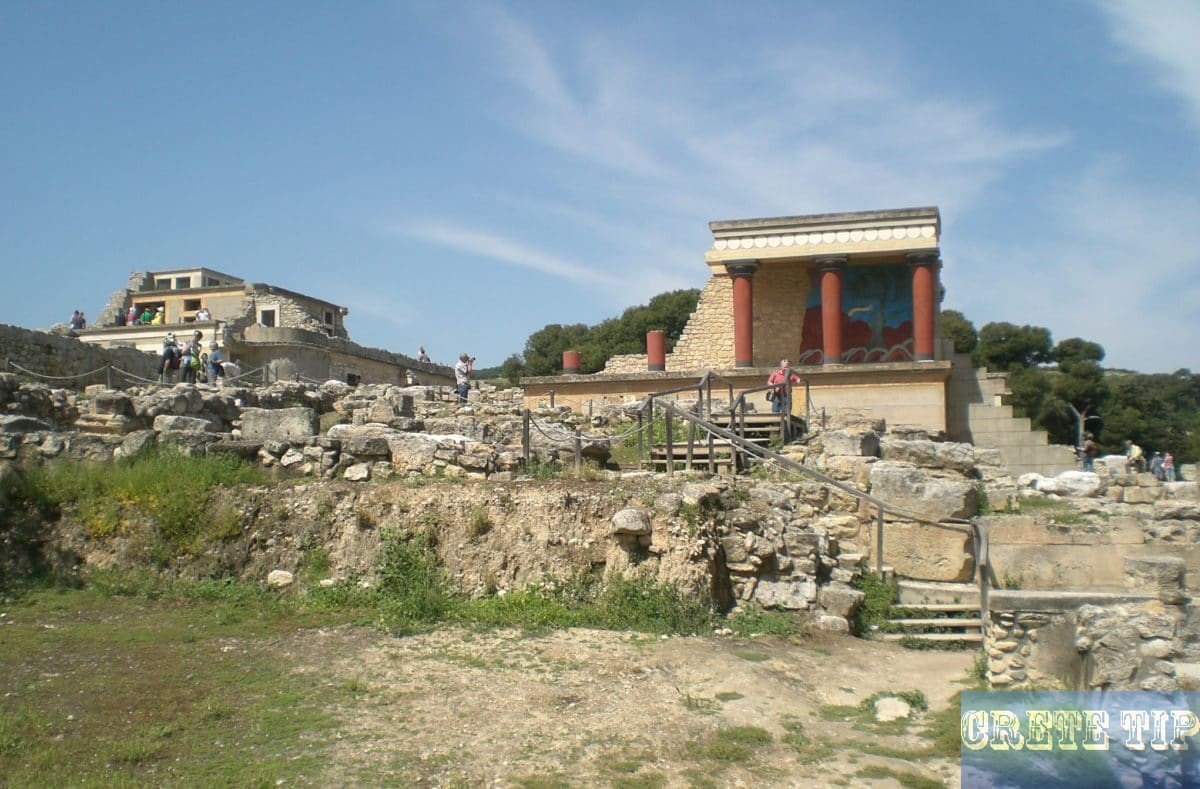
The Minoan eruption of Thera around 1600 BCE was a significant event, altering landscapes and impacting ancient civilisations. It played a role in shaping the geography, climate, and even the mythology of the time.
What were the consequences of the Minoan eruption on ancient civilisations?
The eruption devastated the Minoan settlement of Akrotiri on Santorini and impacted other Aegean islands and Crete. It caused widespread destruction with earthquakes and tsunamis, leading to societal and economic disruptions.
How did the Thera eruption influence the geography and climate of the Aegean region?
The eruption reshaped Santorini’s geography, creating the caldera seen today. It also affected the climate by releasing large amounts of ash and gases into the atmosphere, which may have led to cooler temperatures and altered weather patterns.
What archaeological evidence has been uncovered regarding the impact of the Thera eruption?
Excavations at Akrotiri have revealed buildings and artefacts buried under volcanic ash, offering insight into the advanced Minoan society. These findings demonstrate the eruption’s destructive power and its role in preserving ancient remnants.
How did the Minoan eruption contribute to the decline of the Minoan civilisation?
While not the sole cause, the eruption significantly weakened the Minoan civilisation. The destruction of key settlements and agricultural areas likely disrupted trade and reduced the Minoans’ ability to recover, contributing to their eventual decline.
What is the current understanding of the timeline leading up to the Minoan eruption?
Scientific studies, including carbon dating from various sources, suggest the eruption occurred around 1600 BCE. This timeline matches archaeological discoveries and geological data, providing a clearer picture of the events leading up to the eruption.
In what ways did the Minoan eruption affect the mythology and culture of ancient peoples?
The dramatic events surrounding the eruption may have inspired myths and legends passed down through generations. These stories often feature themes of cataclysm and divine retribution.

